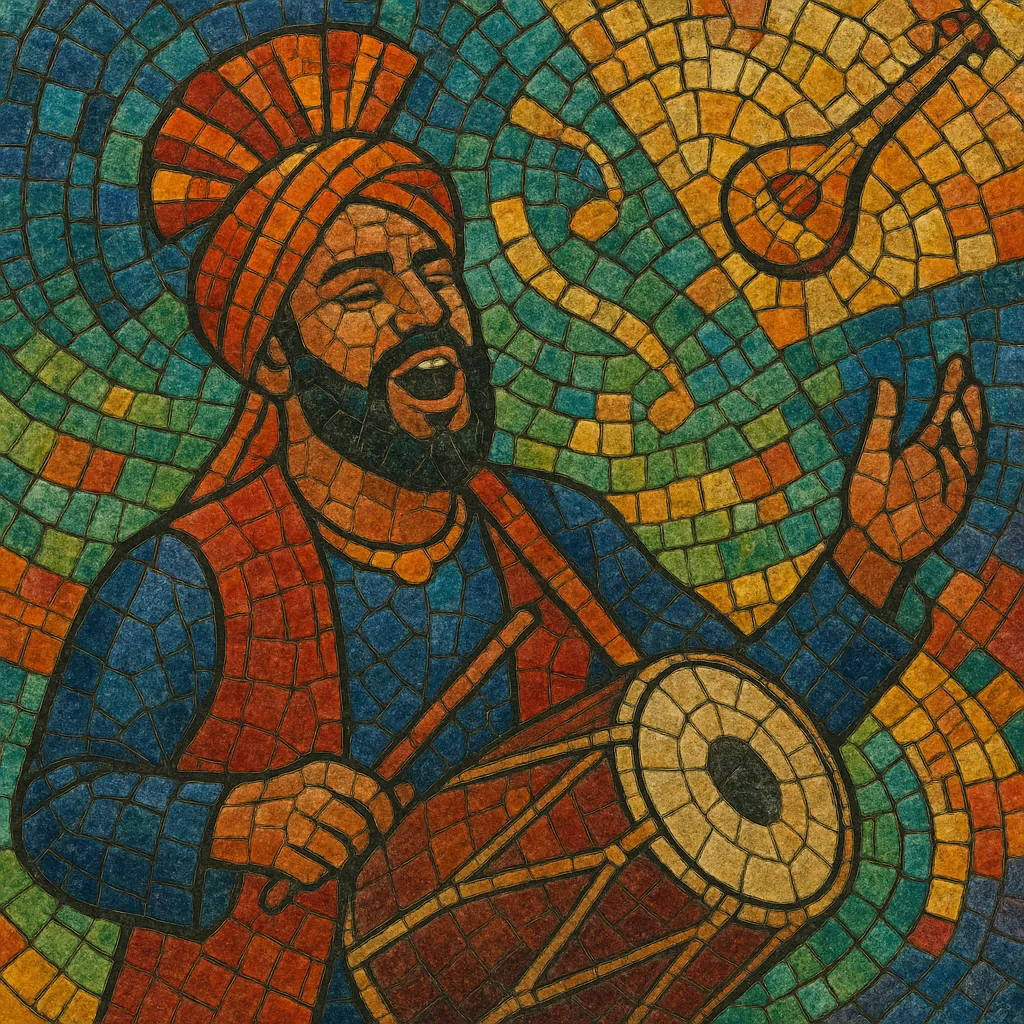Punjabi pop is contemporary popular music performed primarily in the Punjabi language, blending the folk rhythms and melodies of Punjab with modern pop, hip hop, EDM, and R&B production.
It emphasizes energetic dance grooves, big sing-along hooks, and bright, percussive timbres such as dhol and tumbi layered with synthesizers, 808s, and glossy vocal processing. While rooted in the culture of the Punjab region, Punjabi pop has grown through the South Asian diaspora—especially the UK and Canada—into a global style that regularly crosses into Bollywood and international charts.
Punjabi pop emerged in the 1980s at the intersection of Punjabi folk, UK bhangra club culture, and the growing Indian pop (Indi-pop) market. Diaspora bands in Britain modernized folk rhythms with drum machines, synths, and bass-forward mixes, setting the template for a Punjabi-language pop sound designed for dance floors and cassettes.
The 1990s saw Punjabi pop crystallize as a mainstream phenomenon in India, propelled by music TV channels, cassettes/CDs, and star performers like Daler Mehndi whose high-energy hits proved that Punjabi-language singles could dominate national charts. Parallel UK acts and producers refined the fusion of dhol/tumbi motifs with pop songcraft and glossy videos.
Through the 2000s, Punjabi pop hooks and beats flowed into Bollywood soundtracks, creating a feedback loop: film songs popularized Punjabi pop aesthetics, while non-film Punjabi singles leveraged music channels and club circuits. Production incorporated heavier sub-bass, brighter synths, and four-on-the-floor patterns alongside the traditional bhangra "chaal" rhythm.
With YouTube and streaming platforms, Punjabi pop achieved global reach. Artists from India, the UK, and North America delivered viral singles featuring hybrid arrangements (EDM drops, rap verses, and folk refrains). The scene diversified—trap-leaning beats, R&B crooning, and stadium-ready choruses co-exist—while Punjabi pop continues to influence Hindi pop and mainstream Bollywood.


